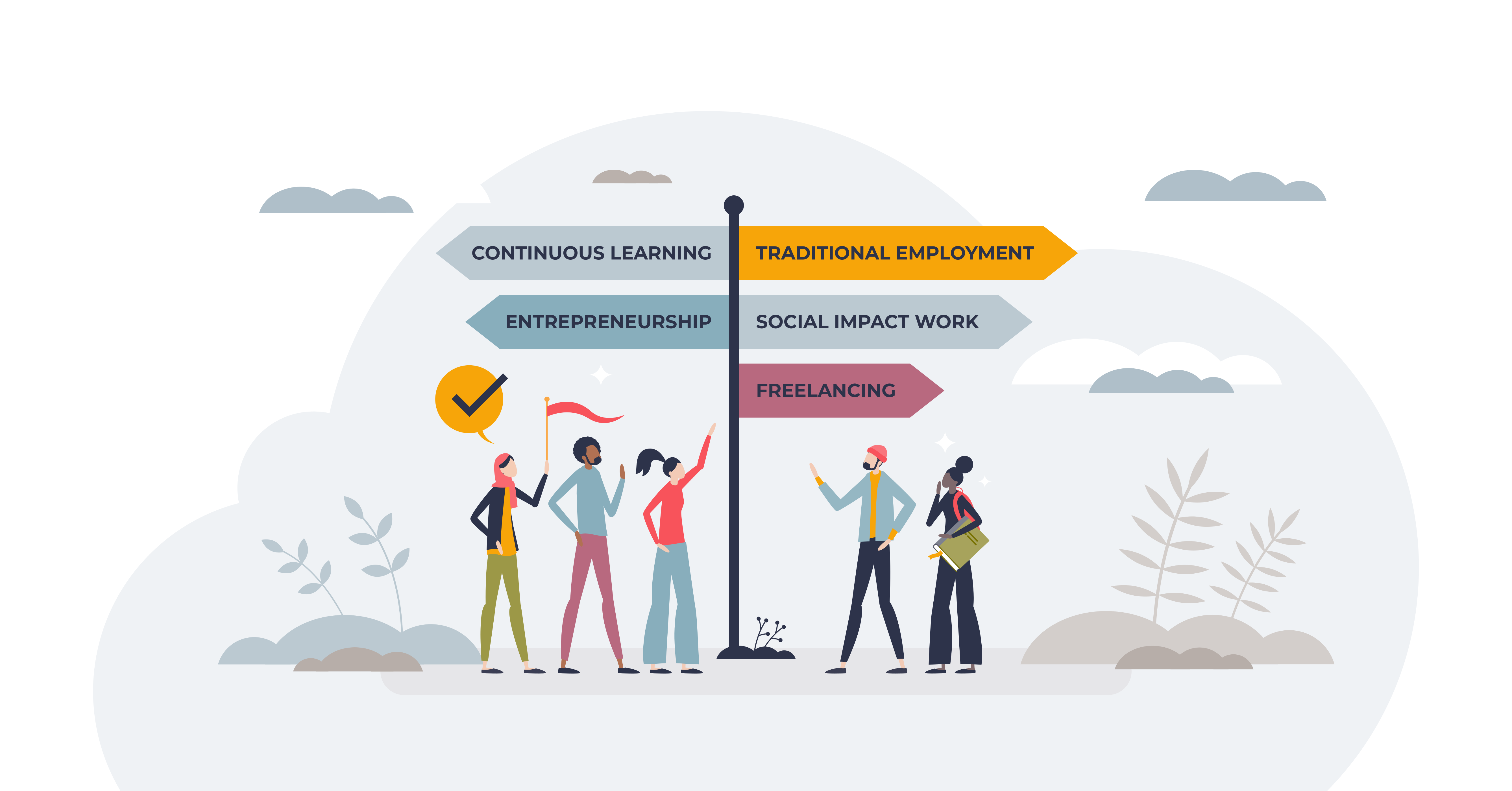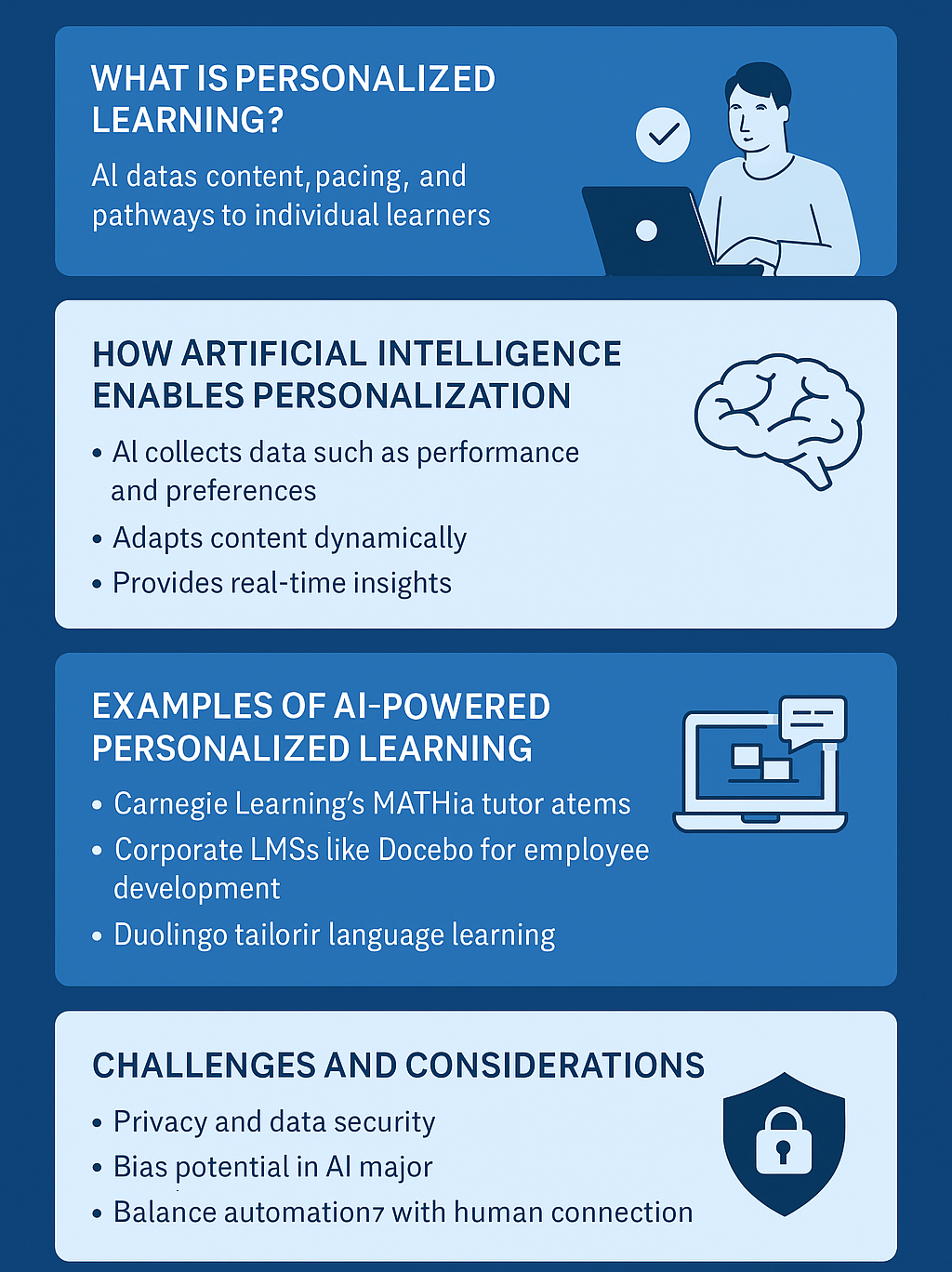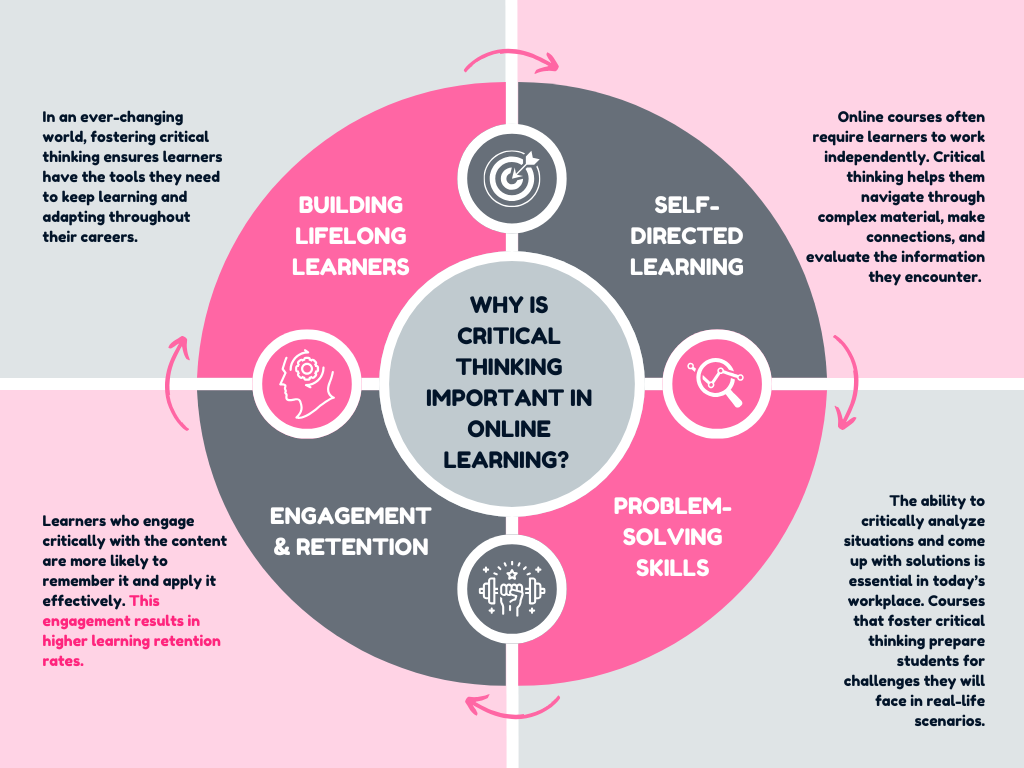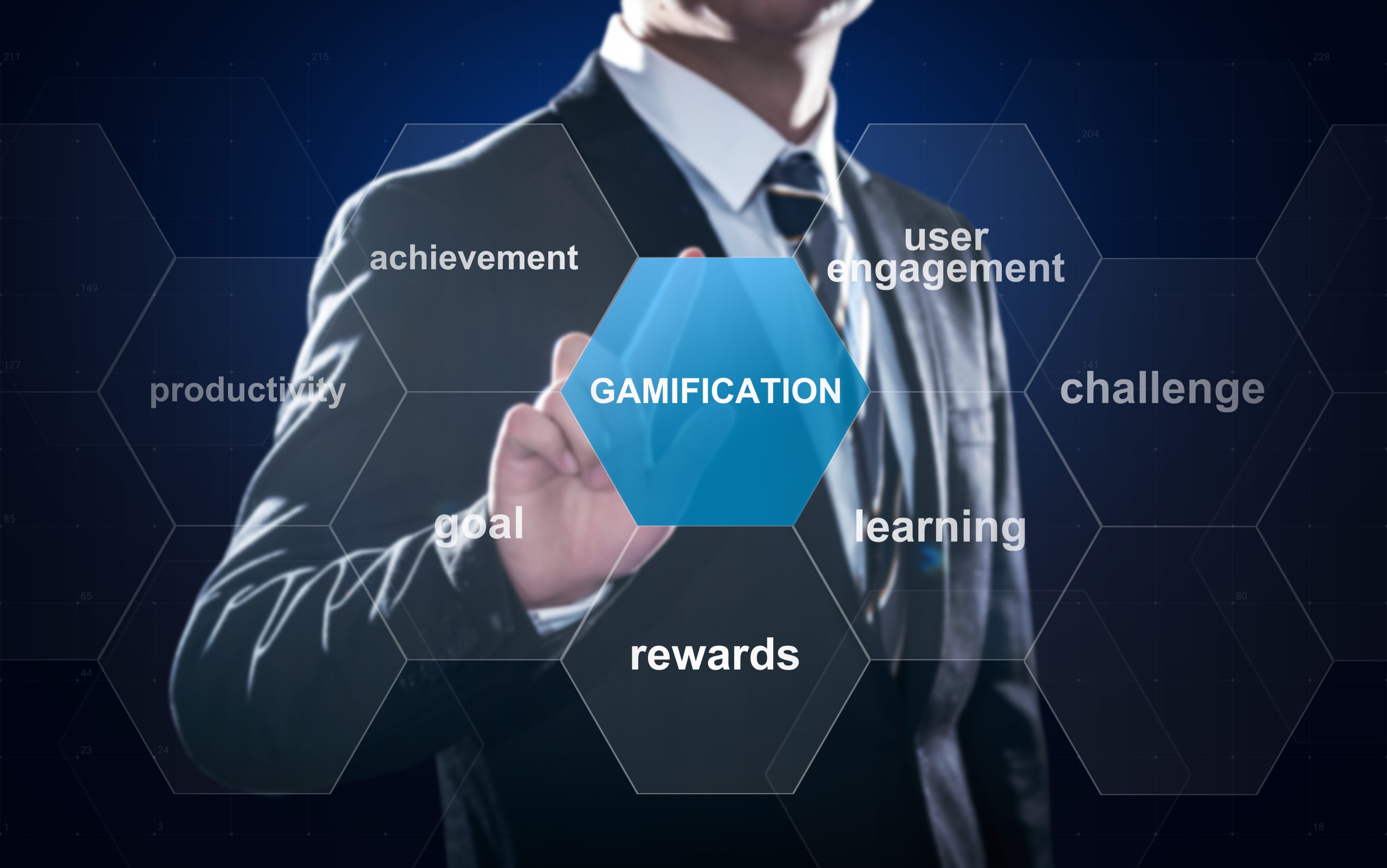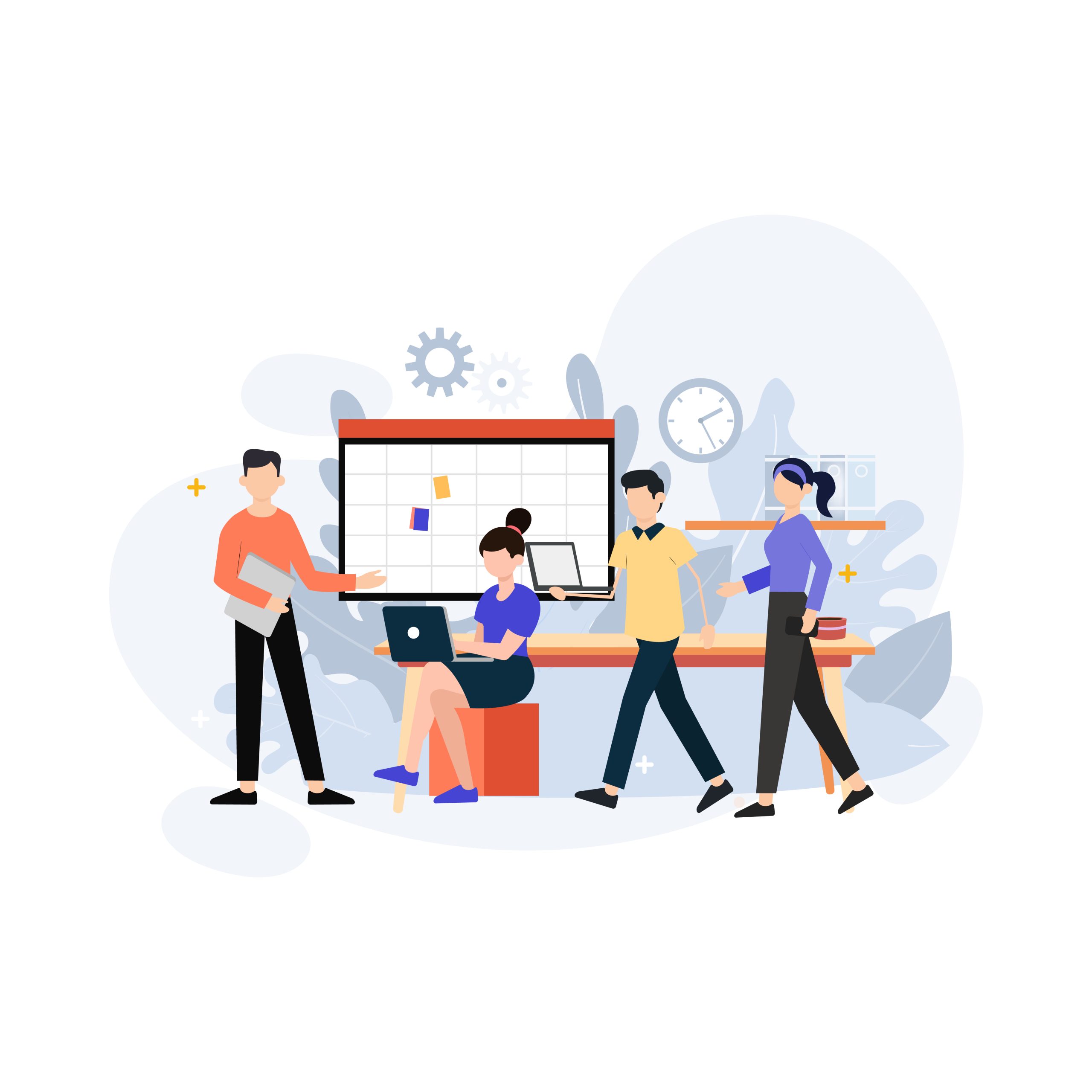Employee-centric learning paths prioritize👩🏽💻 individual needs, 🎯career goals, and 🏅organizational objectives. Below are actionable strategies to design impactful, personalized programs:
📌Personalization Through Assessments and AI
- Skill Gap Analysis: Use assessments to identify individual competencies and tailor learning paths to address gaps.
- AI-Driven Adaptation: Leverage AI and machine learning to dynamically adjust content based on performance, preferences, and career goals.
- Role-Based Mapping: Align learning with specific job requirements using platforms benchmarking role-specific skills.
📌Flexible Content Formats and Self-Directed Learning
- Modular Design: Break training into skill-specific modules (e.g., conflict resolution, coaching) to allow employees to choose topics relevant to their roles.
- Diverse Delivery Methods: Offer varied formats like videos, simulations, workshops, and virtual classes to cater to different learning styles.
- Self-Paced Progression: Enable employees to prioritize topics at their own speed, fostering ownership of growth.
📌Technology Integration for Efficiency
- All-in-One LMS: Use platforms that consolidate training, analytics, and progress tracking to streamline the learning experience.
- Learning Experience Platforms (LXPs): Adopt tools that auto-generate personalized pathways and track skilling progress in real time.
- Relative Dates for Timely Content: Roll out missions or modules based on individual start dates (e.g., onboarding campaigns) to ensure relevance.
📌Collaboration and Peer Learning
- Mentorship Programs: Facilitate peer-to-peer knowledge sharing through platforms like Together, which use algorithms to match mentors and mentees.
- Social Learning: Encourage forums, group projects, and collaborative tools to reinforce retention and adaptability.
- Templated Agendas: Guide discussions on topics like career growth or productivity to deepen learning outcome.
📌Continuous Feedback and Iteration
- Content Exemptions: Avoid repetitive training by exempting employees from modules they’ve already mastered.
- Real-Time Adjustments: Use analytics to refine programs based on performance data and employee feedback.
- Link to Business Goals: Align learning paths with organizational objectives (e.g., upskilling for market expansion) to demonstrate ROI.
📌Employee-Led Development
- Individualized Plans: Empower employees to set personal development goals and select resources (e.g., online courses, workshops).
- Manager Collaboration: Involve managers in career path planning to ensure alignment with organizational needs. By combining these strategies, organizations create learning paths that are not only engaging but also directly tied to employee growth and business success.
